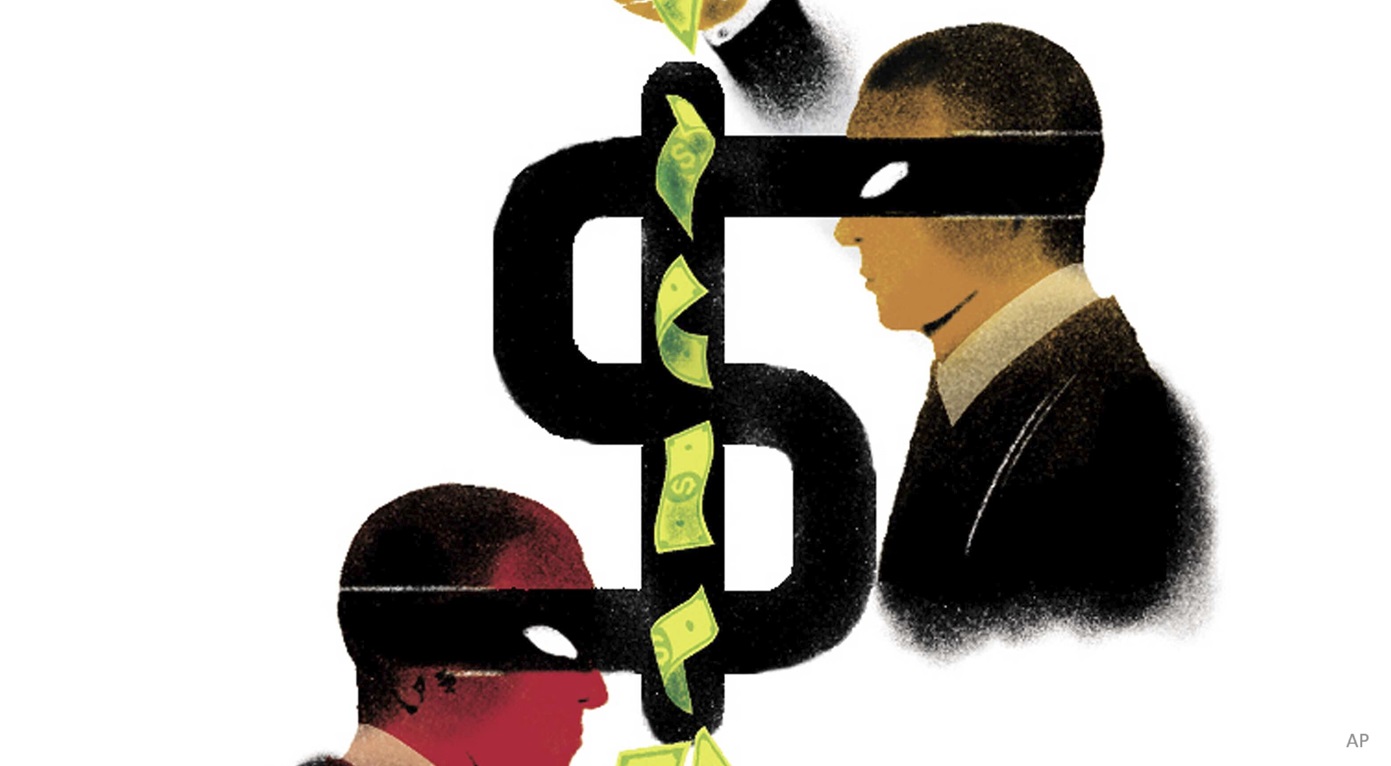Bearish markets -- such as we're now experiencing -- make it all the more important for investors who are saving for retirement to do more than just sock away as much money as they can spare and hope for the best. In this week-long special report on retirement investing, we provide insights on five key strategies that apply regardless of market conditions.
We start on Monday by examining the tools available to help you reach your goal. Registered accounts -- RRSPs and TFSAs in particular -- can complement each other, says our regular tax columnist Matthew Elder. They enable Canadians to either save on taxes outright, or defer taxes for many years. The earlier you get started, the greater the potential tax-advantaged growth.
On Tuesday we discuss the importance of choosing an appropriate asset allocation at various stages of your investment horizon. Over time, as you approach retirement, your asset allocation will evolve to match your changing risk profile, risk tolerance and -- as our director of research Paul Kaplan explains -- your human capital. Among the potential solutions: target-date or target-risk funds. As our head of manager research Christopher Davis writes, investors can learn lessons from these funds even if they don't use them.
On Wednesday we look at how government benefits can provide a helping hand, and how to deal with longevity risk. Retirees who have contributed to the Canada Pension Plan/Quebec Pension Plan during their years in the labour force will qualify for pension benefits, starting as early as age 60 for reduced benefits to age 70 for the highest payouts. Old Age Security payments, which normally start at age 65, can also be postponed until age 70. For some, as contributing writer Michael Ryval notes, it makes sense to take CPP/QPP or OAS later rather than sooner. We'll explain why.
On Thursday our attention shifts to the withdrawal phase of a retirement plan. When you're ready to start drawing down on your retirement savings, it's important to keep a close eye on the tax consequences of how much you withdraw, and from which of your accounts. In addition, locked-in retirement accounts present special challenges when making withdrawals, notes personal-finance columnist Gail Bebee.
Finally on Friday, our experts will give their insights on selecting solid investments, both during the accumulation phase and after retirement. We'll provide guidance on what to look for in retirement investments, whether your preference is to invest directly in stocks and other securities, or indirectly through investment funds. Analyst Shehryar Khan of our manager research team presents specific picks of core funds suitable for the long haul.
Monday - Understanding the tools available
Tuesday - Setting an appropriate asset allocation
- How your asset mix should evolve over time
- How your portfolio needs change in retirement
- What target-date funds teach us
Wednesday - Accounting for government benefits and longevity
Thursday - Managing your withdrawals
- Pros and cons of withdrawal strategies in retirement
- FAQs about retirement portfolio bucketing
- LIRAs unchained
Friday - Selecting dependable retirement investments














:quality(80)/cloudfront-us-east-1.images.arcpublishing.com/morningstar/54RIEB5NTVG73FNGCTH6TGQMWU.png)





